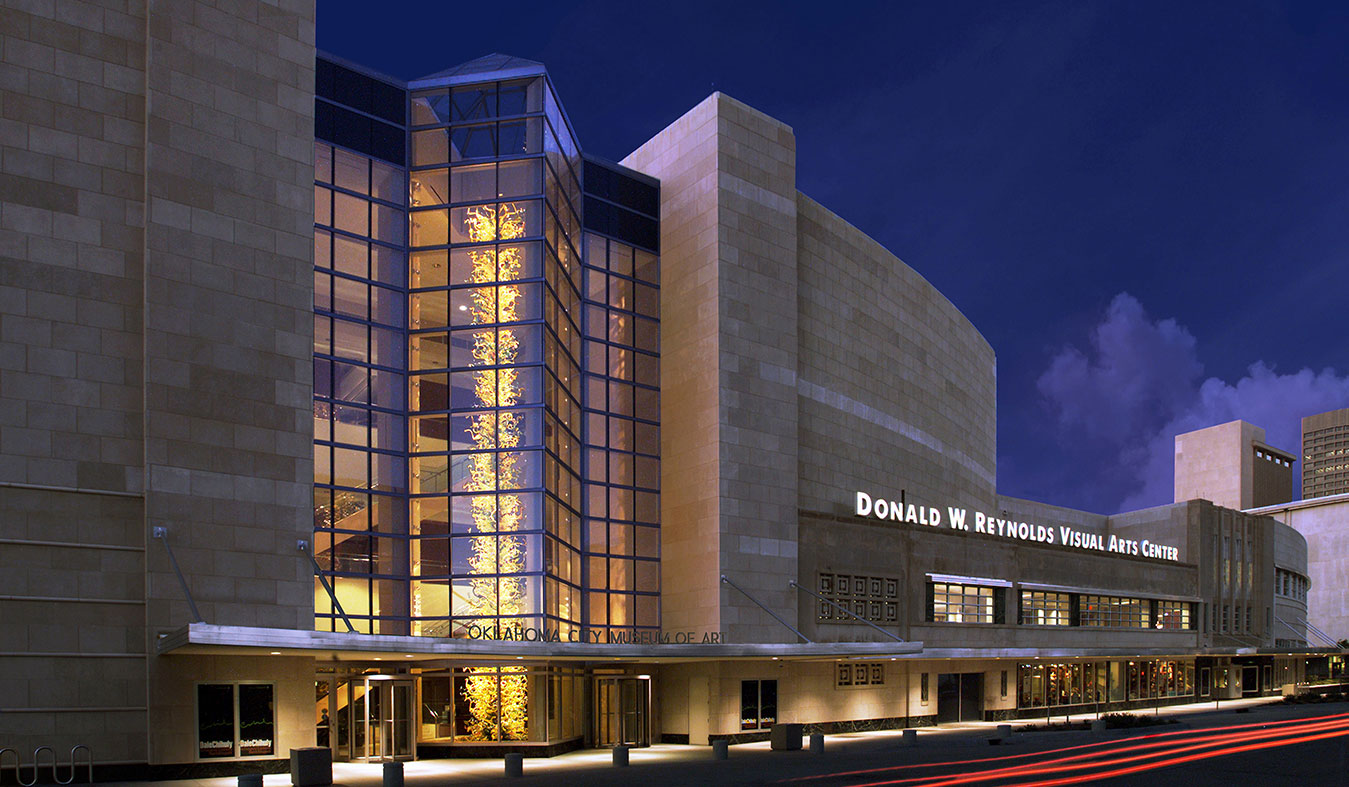Feb 18 2017 - May 14 2017
Oklahoma City, OK
Images carved onto wooden blocks used to create colorful prints on paper are among the most famous Japanese art forms. These prints, popular in Japan from the 17th through the 19th centuries, are known as Ukiyo-e, which translates as “pictures from the floating world.” Ukiyo-e artists produced prints in a variety of subject matter including actors in the Kabuki theater, female portraiture, folktales, and mythology and landscapes.
Organized from the collections of the Oklahoma City Museum of Art, this exhibition focuses on two artists: Torii Kiyotada VII (1875-1941) and Hiroshi Yoshida (1876-1950). These print-makers were at the forefront of the early 20th century evolution of the Ukiyo-e tradition into a style known as Shin Hanga that incorporated stylistic elements from the West.
Kiyotada VII was born into a family with a long tradition of producing theatrical images, and his prints of Kabuki actors illustrate the rich tradition of Japanese theater. Yoshida (1876-1950) was a popular artist both in Japan and in the United States whose extensive world travels resulted in evocative prints of familiar landmarks such as Mt. Fuji, the Taj Mahal, the Acropolis, and Niagara Falls.
Exhibition overview from museum website.
Exhibition Venues & Dates
Feb 18 2017 - May 14 2017
Oklahoma City, OK
